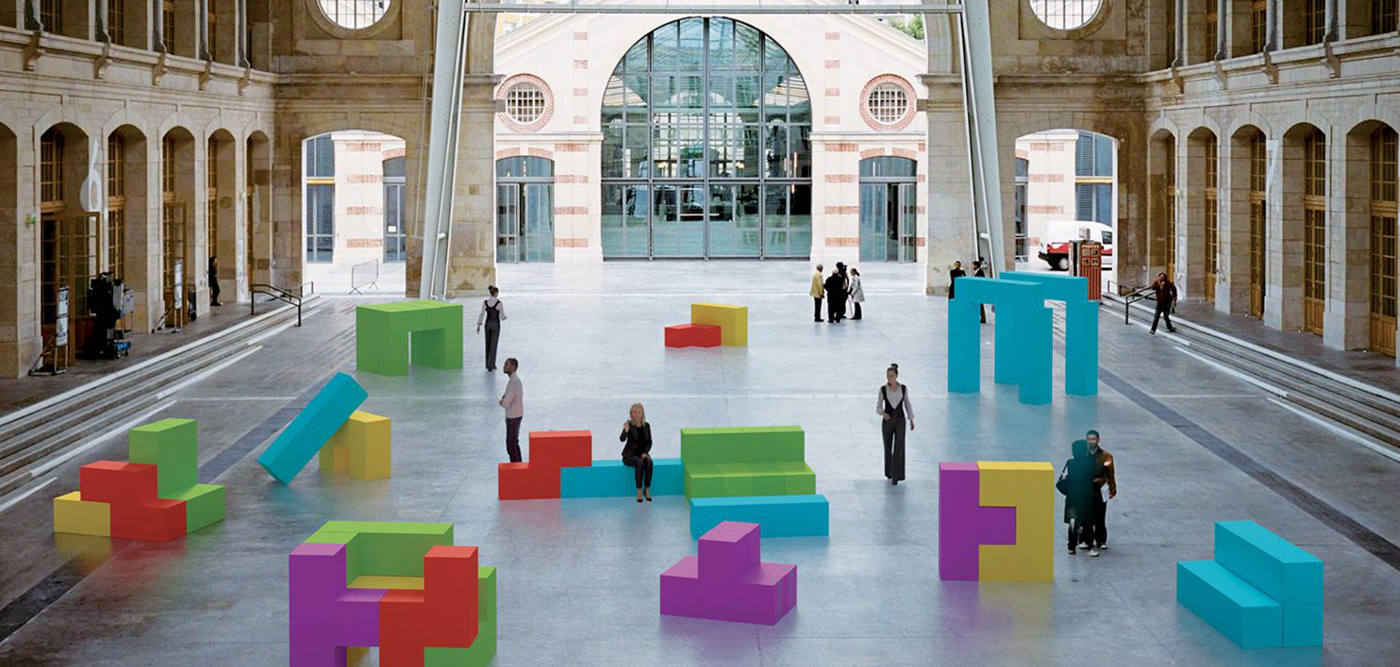The bachelor’s degree in interior design teaches students the fundamentals of interior design and scenography. The classes on interior design focus on the working and sensory knowledge of three key components: the space in question, the purpose of the project, and understanding how people move through the space.

Stéphanie Rapin | Head of ECV NantesWhen designing a space, you must mesh form, function, light, and colour so that everyone from passers-by to occupants can make the space their own and feel comfortable in it.
Courses
Architectural drawing is essential to interior design. Students will learn the fundamentals of perspective (the vanishing point, depth of field, scale, etc.) and how to express their own unique style in architectural drawing by studying the different techniques of graphic arts.
Students will learn the theory of signage, wayfinding, and semiotics. In practice, they will study the fundamentals of graphic design and how to effectively communicate on a project.
Students will learn how to express their ideas through a variety of visual art forms like photography, video, art installations, and scenography.
A sustainable design approach in interior design prioritises the use of natural, artisanal, and ethical materials that are sustainable and durable.
Students will learn about the history of art, architecture, and visual art techniques through a thematic teaching approach. This method brings together and combines different subjects, allowing students to express their personal and unique point of view in their projects.
Students will learn industry standard basics by using different computer- aided design software (AutoCAD, 3DS Max, Twinmotion, V-Ray, etc.) to ensure their different projects or models are properly depicted.
Understanding the purpose of an existing structure and how it is used (residential, commercial, or cultural use, etc.) enables the interior designer to propose the most suitable design plans for a given project.
Organising volumes particularly depends on certain design techniques like structure choice, the function of the space, lighting, and acoustics.
A model is a 3-D object that is a partial or complete representation of a spatial design project. It is one of the key elements of project visibility.

